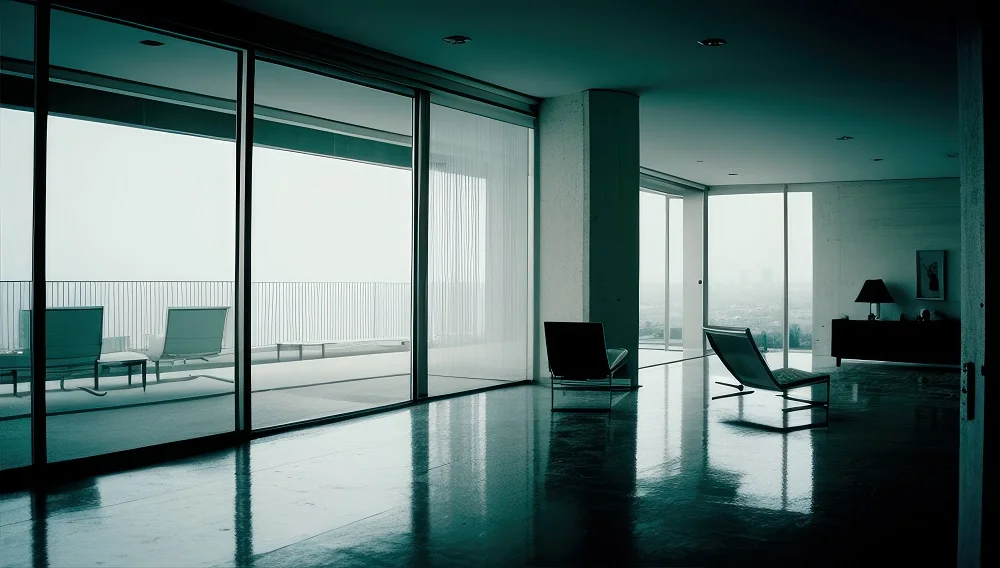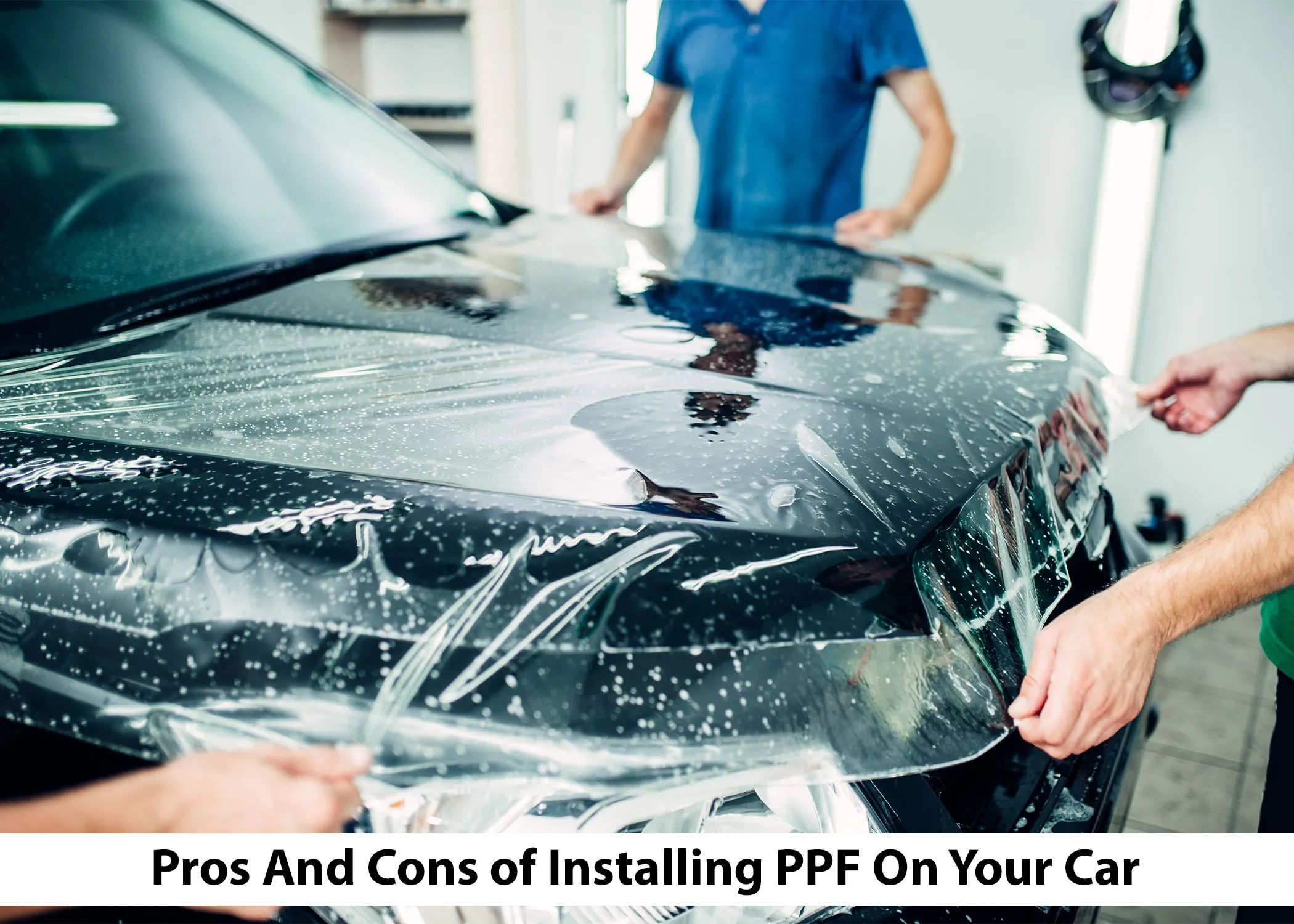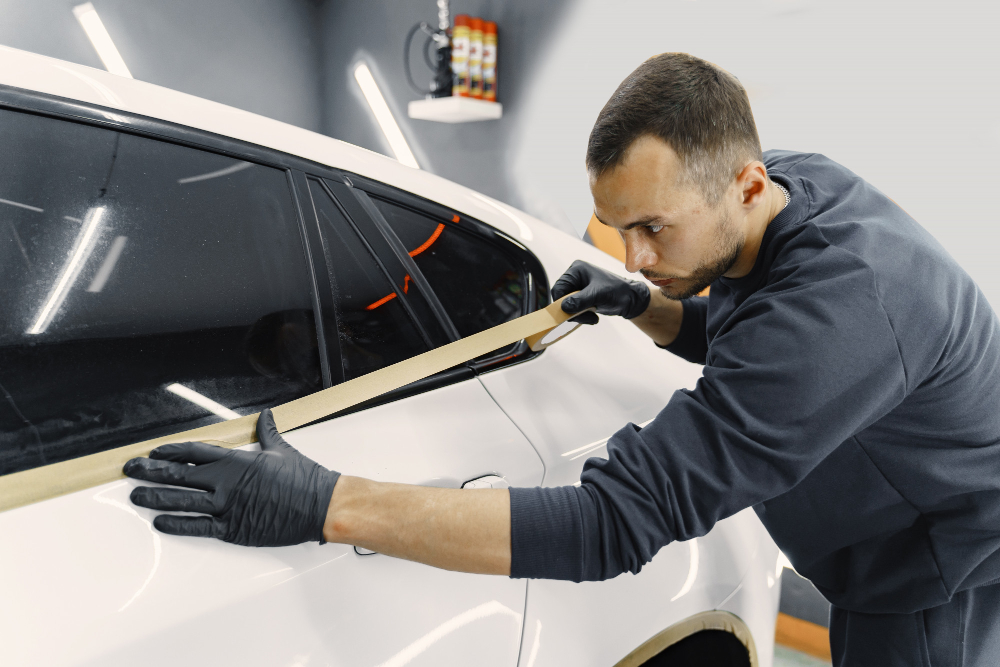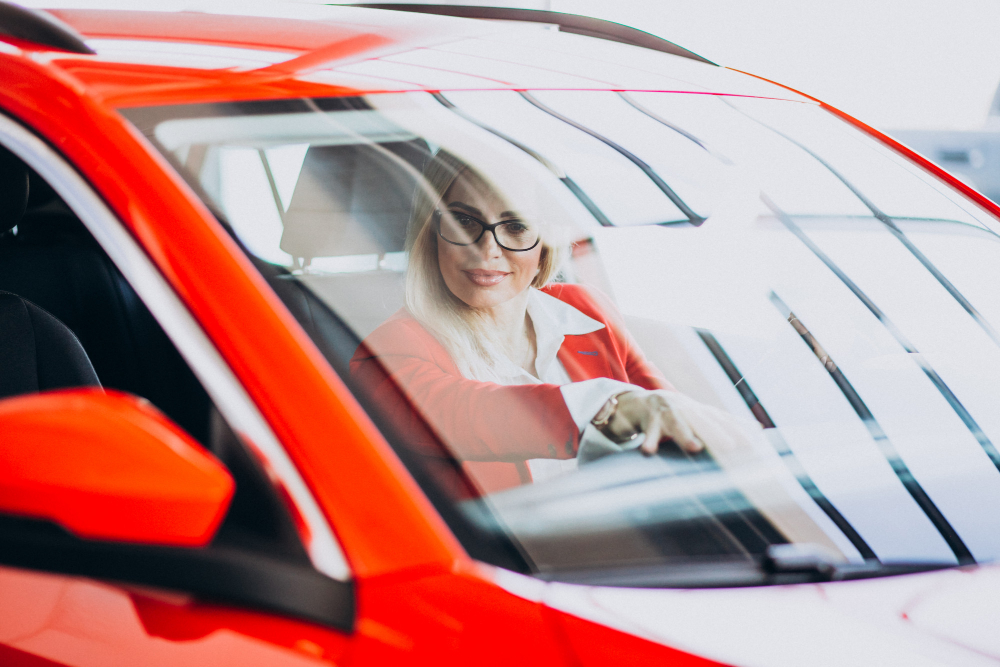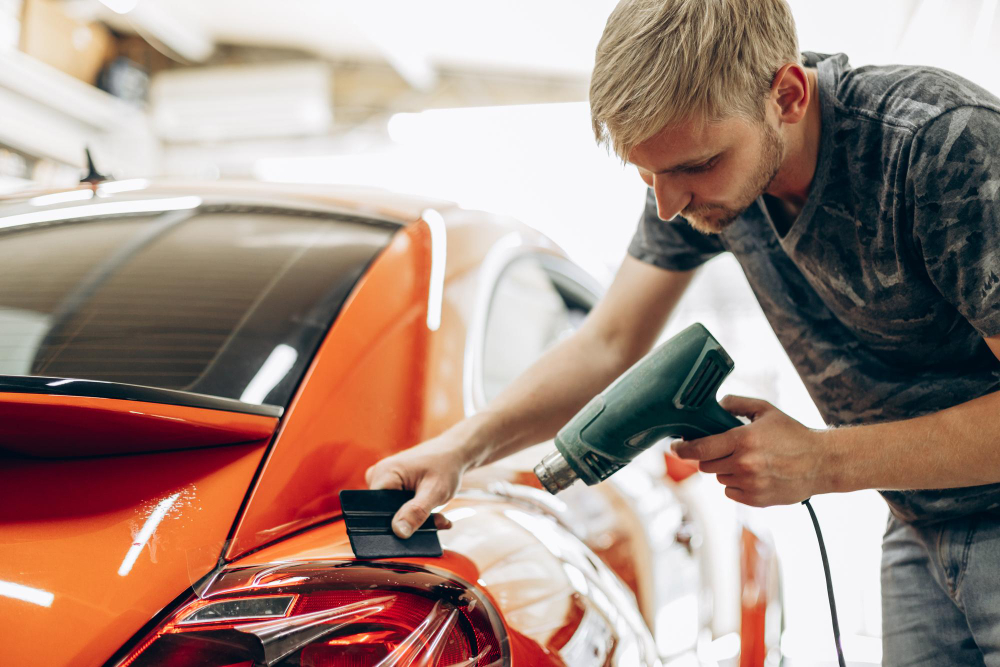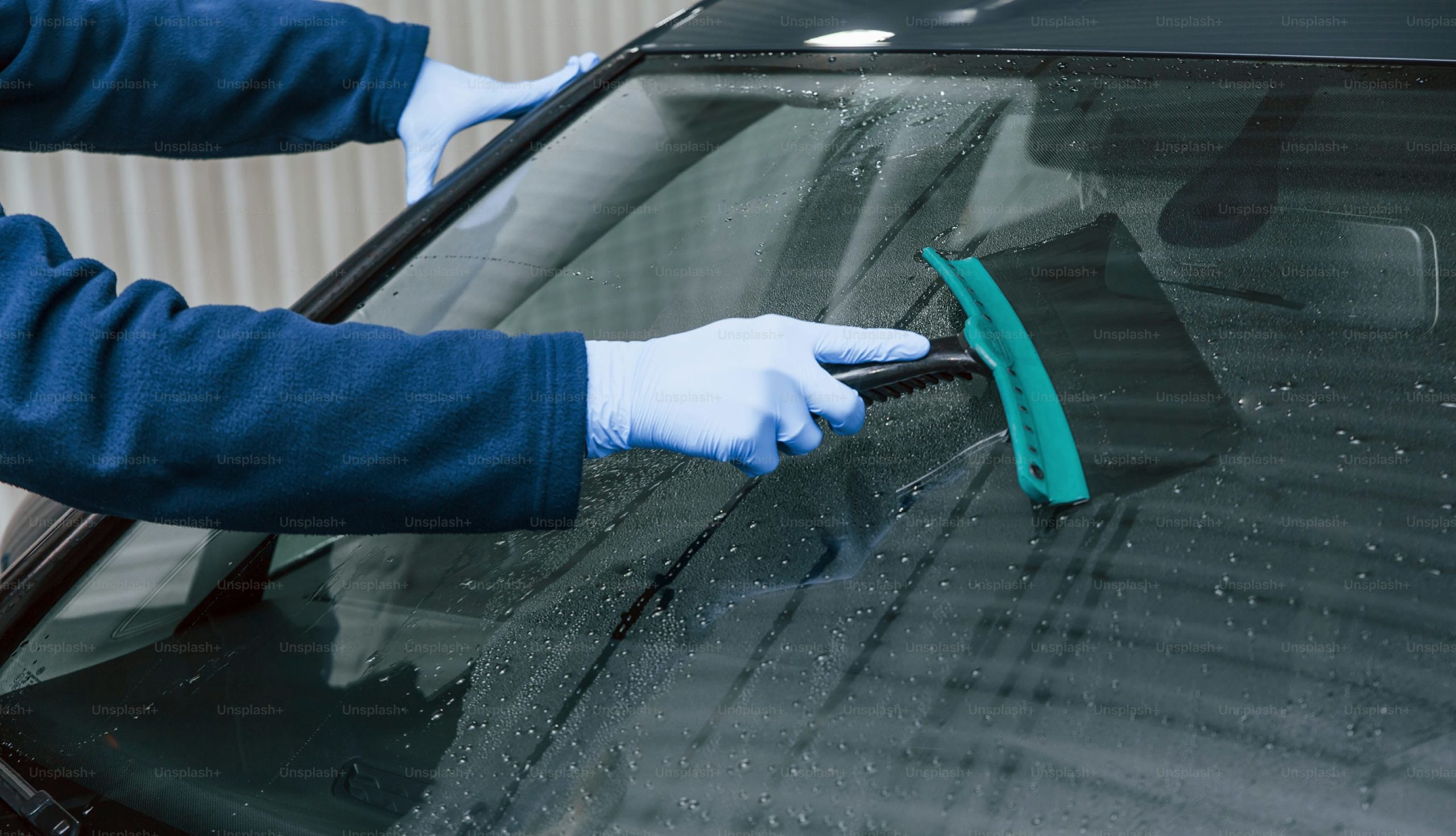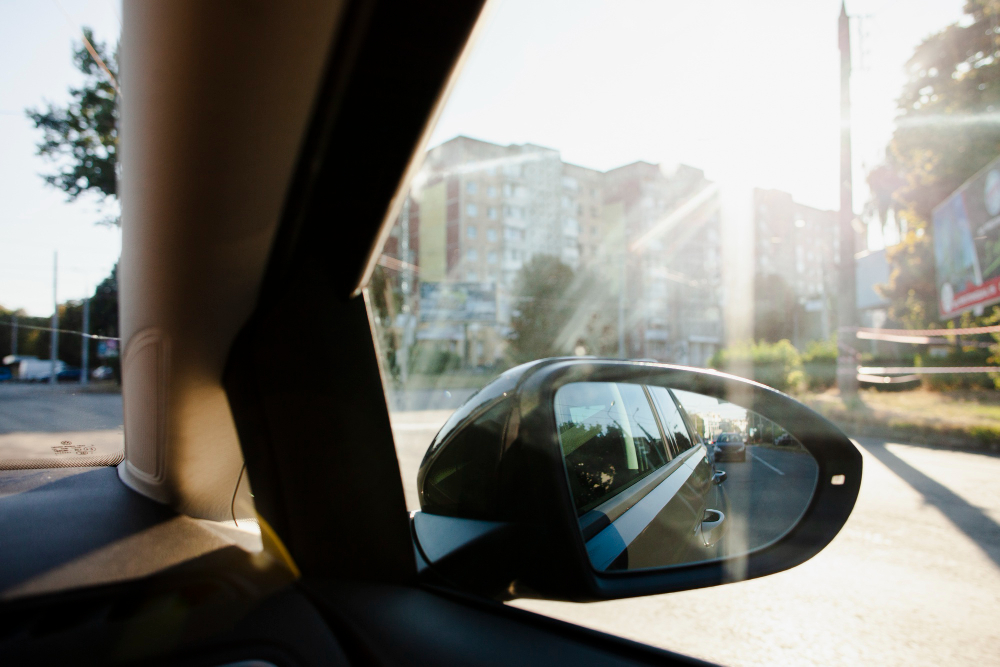7 Ways to Use Commercial Window Film in Your Office
Looking to upgrade your workspace without a major renovation? Commercial window film is a smart, affordable solution that offers both form and function. From cutting down glare and improving energy …Read More
Pros And Cons of Installing PPF On Your Car
Paint Protection Film (PPF) is no longer just a luxury for high-end vehicles. As more car owners prioritize long-term preservation and appearance, PPF car protection has become a popular, practical …Read More
Twin Cities Businesses: 10 Key Factors to Pick the Perfect Commercial Window Tint
Commercial window tinting goes beyond aesthetics. It is an investment in your business’s energy efficiency, privacy, security, and comfort. Whether in an office, retail store, or commercial building, the right …Read More
How to Select Top-Notch Window Tinting Professionals for Your Commercial Space
When the sun beats down on your office building, you understand that window tinting isn’t just a luxury—it’s a necessity. But with countless providers offering their services to the world, …Read More
Why Paint Protection Film Is a Must for Luxury Car Owners
Whether you have a high-performance sports car, an elegant sedan, or a premium SUV, maintaining its flawless exterior is crucial for preserving its value and aesthetic appeal. Yet, everyday road …Read More
How to Clean Tinted Windows: Top Tips for a Streak-Free Shine
Tinted windows provide privacy, UV protection, and enhanced aesthetics but require special care to maintain clarity and longevity. Unlike standard glass, tinted windows can be damaged by harsh cleaners or …Read More
Ceramic vs. Carbon Window Tint: Which Is the Best Choice for Your Car?
Choosing the right window tint for your car is more than looks. It’s about comfort, protecting your interior, and improving your driving experience. Ceramic and carbon window tints are two …Read More
Why Clear Bra Installation Is a Must for Your Car’s Longevity
Protecting your car’s paint is essential to improving its longevity, performance, and resale value. Clear bra installation, also known as paint protection film (PPF), provides superior protection by acting as …Read More
How Long Does Window Tinting Take? Factors That Influence Installation Time
If you plan on tinting your car windows, you’re probably aware that it is more than just an aesthetic upgrade. Its functional benefits include UV protection, heat reduction, added privacy, …Read More
How Effective Is Auto Window Tinting for UV Protection?
UV rays from the sun can harm your skin and eyes and damage your car’s interior over time. Fortunately, auto window tinting provides a cost-effective and practical way to protect …Read More


